Empower Your Shot: The Latest Innovations In Rifle Optics Technology
When it comes to rifles, one of the most important aspects of shooting accuracy is the optic system that you choose to utilize. With several options available – from scopes to red dot sights and traditional iron sights – understanding the differences and uses of each can help you significantly improve your shooting experience. This guide aims to help you navigate the intricate world of firearm optics.
Rifle Scopes
Rifle scopes are one of the most commonly used optics and are especially favored by long-range shooters and hunters. These optics provide magnification, allowing you to see and accurately hit distant targets that would be difficult or impossible to see with the naked eye.
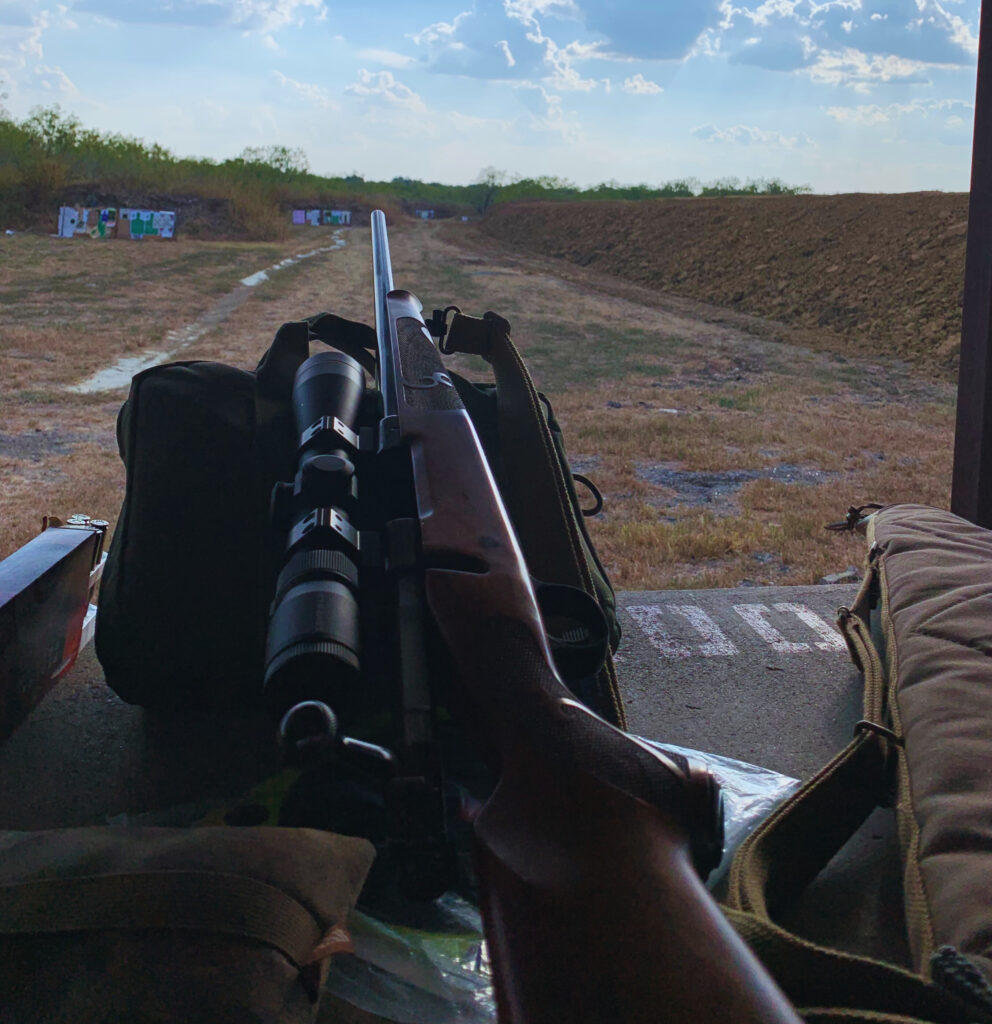
Different scopes come with varying levels of magnification, some are fixed while others are variable. In fixed magnification scopes, the magnification level is constant, while in variable scopes, you can adjust the magnification level as per your needs. When choosing a scope, consider your typical shooting range and the size of the targets you’ll be shooting.
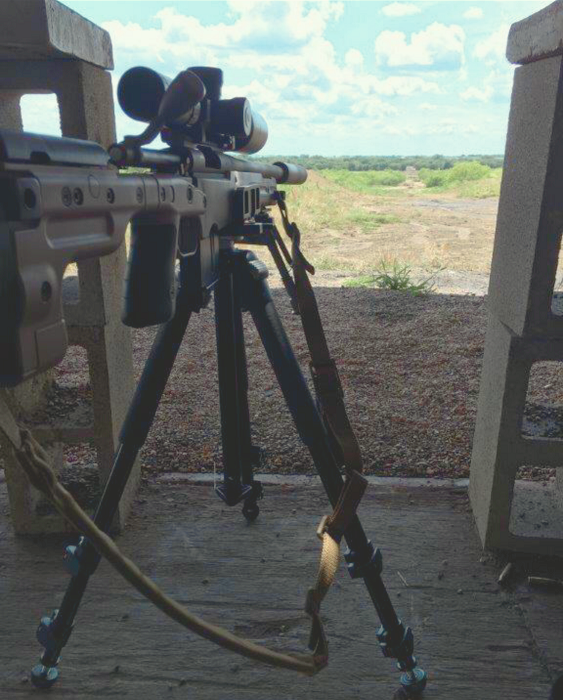
Lower magnification scopes, often ranging from 1x to 4x, offer distinct advantages for hunting and close to mid-range engagements. One of the primary benefits is their ability to provide a larger field of view downrange. This wider perspective enables you to maintain better situational awareness of your surroundings, making it easier to spot and track moving targets such as dangerous game animals.

With a lower magnification scope, you can swiftly shift focus between different targets without losing them in the restricted field of view often found with higher magnification scopes. This is especially beneficial when shooting multiple targets in quick succession or tracking fast-moving targets, thus offering a more practical and efficient shooting experience in dynamic environments.


Higher magnification scopes, typically with a range starting from 8x and going up to 25x or even higher, are excellent tools for long-range shooting and precise target identification. The magnification allows for exceptional detail at distance, enabling shooters to discern target details, understand their positioning, and adjust their aim accordingly.
This detailed view is invaluable for precise long-range shots where even a minor misjudgment can lead to a miss. Moreover, for hunters, high magnification scopes facilitate accurate identification of the animal, crucial for ethical and legal hunting. It’s important to note, however, that these scopes typically have a narrower field of view and might not be suitable for tracking fast-moving targets or for rapid target acquisition in close to mid-range scenarios.
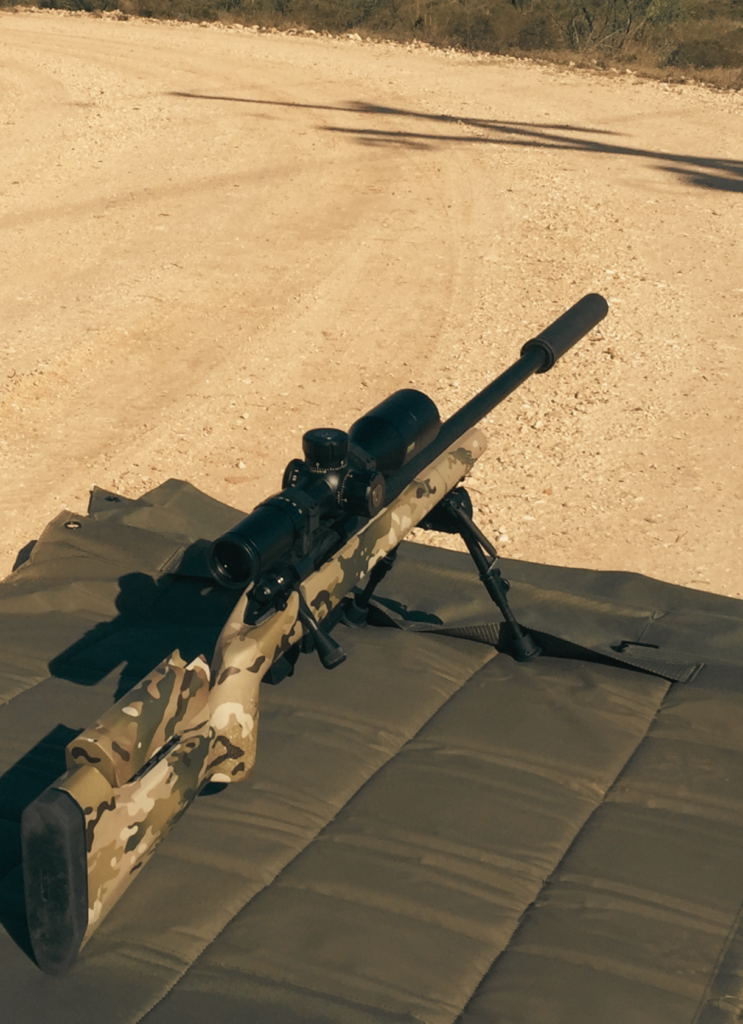
Another vital aspect of a rifle scope is its reticle. The reticle, also known as crosshairs, helps the shooter aim the rifle accurately. Reticles can vary in design, from simple crosshairs to complex grid designs for tactical shooting and range estimation.
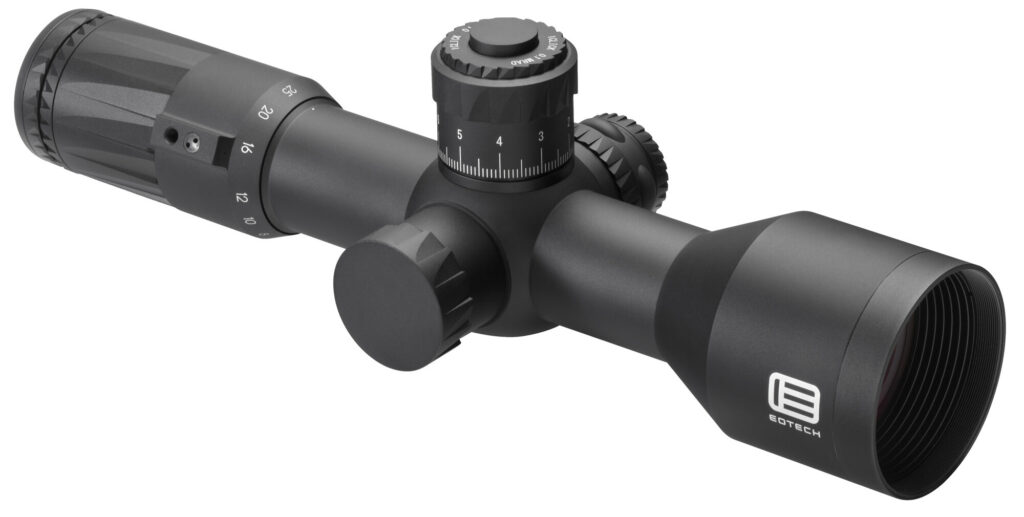

Red Dot Sights
Red dot sights allow the shooter to look through a glass element and see a red (or green) dot overlaid on the target. This type of sight is used for rapid target acquisition in close to medium-range shooting scenarios. Red dot sights are commonly used in both military/law enforcement roles and in competitive shooting.
Red dot sights can be easier to use for beginners because they only require you to focus on the target and the dot, unlike iron sights which require aligning multiple points. Remember, though, a red dot sight doesn’t offer magnification, which can make it less suitable for long-range shooting.

Iron Sights
Iron sights are the simplest form of firearm sights and typically come standard on most rifles. They consist of two components: the front sight, often a simple post, and the rear sight, which can be a notch, aperture, or ring. The shooter lines up the front and rear sights with their target to aim.

While they may lack the sophistication and ease of use of modern optic systems, iron sights are incredibly durable and reliable. They do not rely on batteries or electronics, and they are less likely to be cracked or broken like glass lenses. Iron sights are often used as a backup system for when other optics fail and are a great starting point for new shooters to learn the basics of aiming and sight alignment.
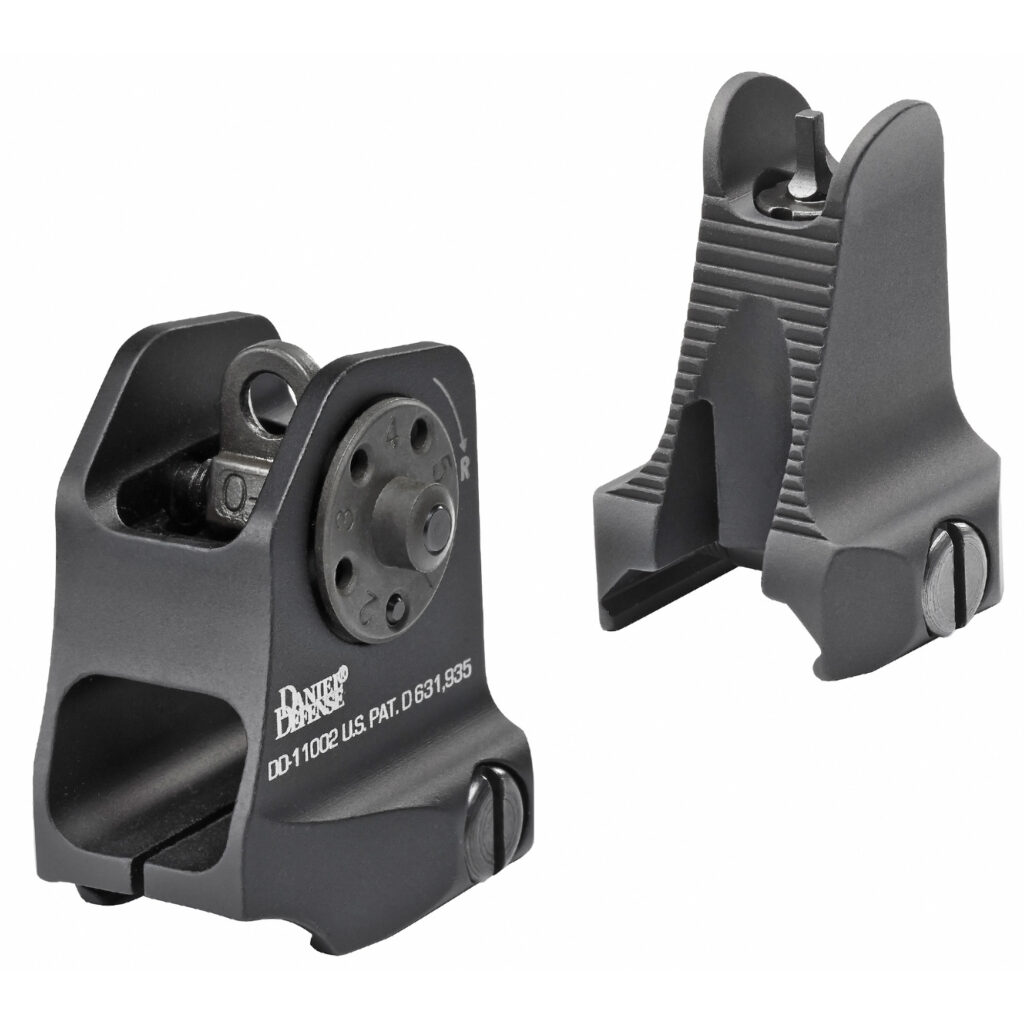
Conclusion
Choosing the right optic for your rifle will ultimately depend on what you’re using it for, your personal preferences, and your budget. No matter which you choose, remember that practicing with your chosen optic is the key to mastering it. Try out different optics, get comfortable with their use, and you’ll see your accuracy and confidence improve.
Remember that safety should always be your first concern when handling firearms, and if you are unsure about which optics are right for you, it’s always best to seek advice from a professional. Happy shooting!
